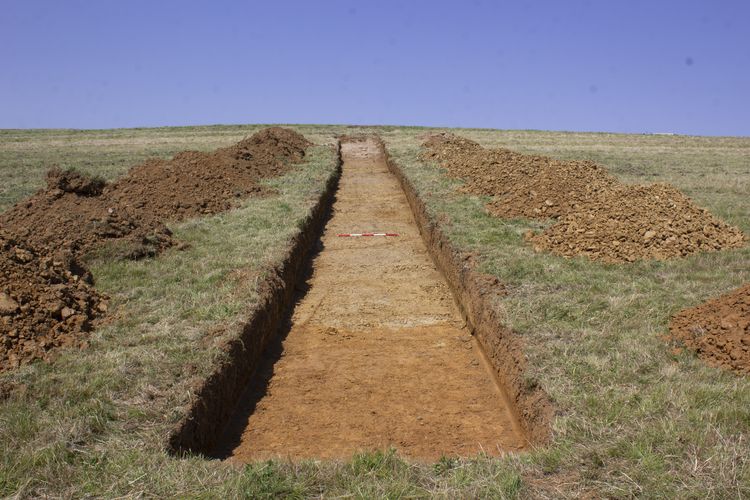For a great deal of human history, wood has been an important construction material and remnants of ancient wood are preserved to this day in archaeological sites on land and under water, as well as in buildings and mobile heritage.
Dendrochronology is an important tool in cultural-heritage research to determine the exact calendar age of ancient wood. Such age determinations contribute significantly to assessments of the meaning of archaeological and architectural structures in terms of their chronological and cultural context.
Obtaining absolute dates through dendrochronology results in tree-ring measurement series that, when combined, are useful for the reconstruction of former trade/exchange networks, the former landscape and its uses, wood technology and other topics. Therefore it is essential that measurement series are deposited in trusted repositories and made available for follow-up research.
This new Guide to Good Practice by Peter Brewer and Esther Jansma serves as a good-practice guide for the collection and archival of dendrochronological data in the context of archaeological and historical research. The guide is aimed at both those creating dendrochronological datasets, and those that commission dendrochronological analyses. This guide does not cover the methods involved in dendrochronological analyses, but focuses on how to describe and archive the data and metadata involved in these analyses. This guide is also concerned with best practice for the curation of digital information but does not cover the equally important aspects of the curation of physical samples.












